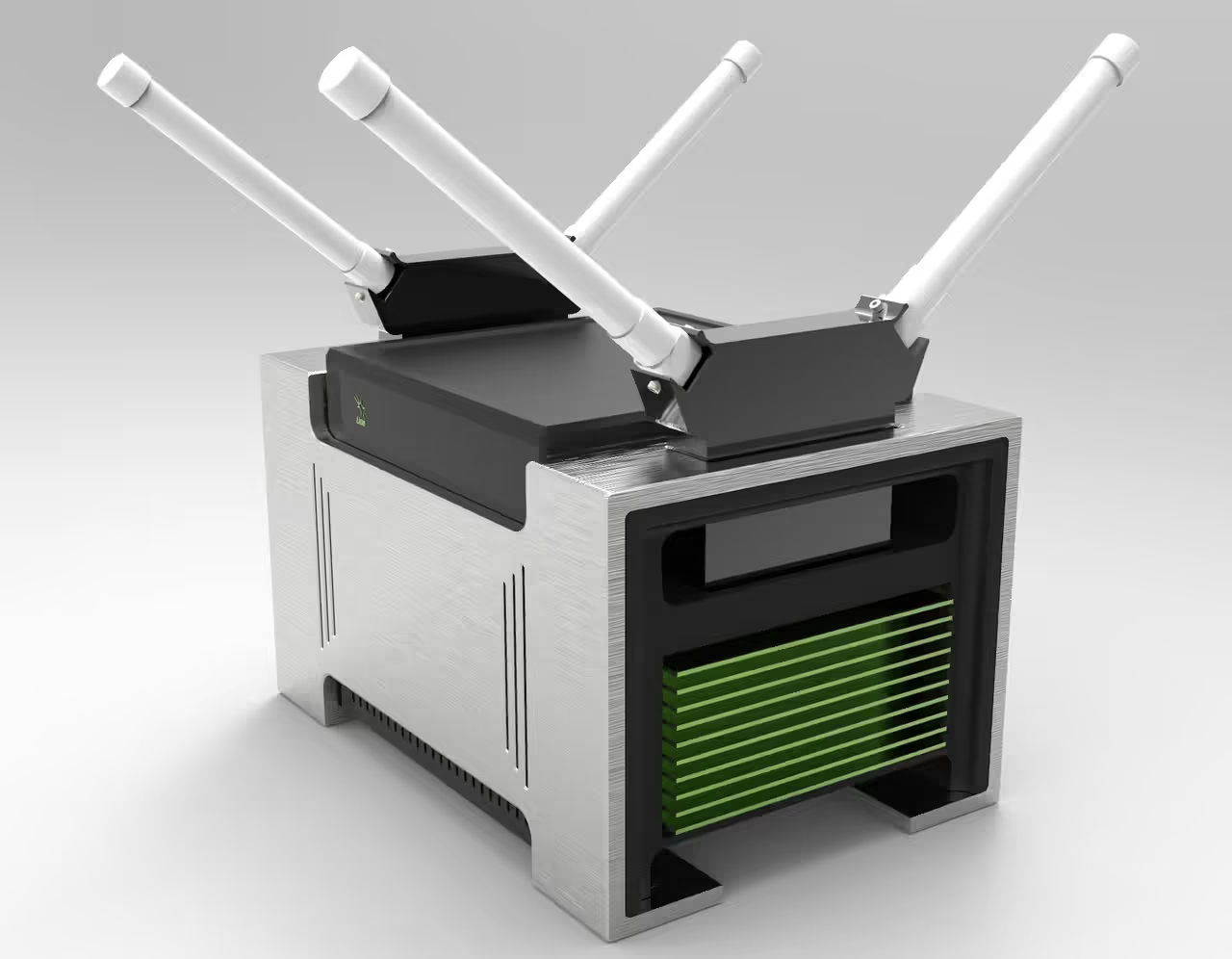
Lime Microsystems and Canonical announce LimeNET crowdfunding, with demos at MWC
Sequel to initial $1million successful crowdfunding campaign follow hugely successful first round of crowdfunding for open-source, 5G and IoT capable SDR with app stores
- Second round will provide a market for round-one developers to sell their apps on the first open source mobile and IoT base station with app stores.
- New revenues for telco will be combined with reducing costs and time to market.
- Companies will demonstrate LimeSDR hardware and software at Ubuntu's stand at MWC. Book today for a briefing on both companies' transformative vision for the telco industry
- Register at Limenet.net to be notified when the crowdfunding campaign goes live
London and Guildford, UK, 16 February 2017: Lime Microsystems and Canonical have today announced the upcoming launch of the second round of crowdfunding for LimeSDR the flexible, next-generation, open source Software Defined Radio. The new campaign called LimeNET is intended for use primarily as a mobile and IoT base station. LimeNET base stations hold the potential to completely transform the way telco networks run by shifting the emphasis and value away from proprietary hardware to open hardware with app stores on top.
To be notified of when the campaign is live please register here.
Confronted with flat revenues, spiralling infrastructure costs and massively escalating data demands, the telco industry is facing a crisis point. It needs exponentially more cost-effective solutions, as well as new revenue streams, and needs to find them quickly. Operators face a simple choice; either revise their business models, or lose market share to new incumbents.
Lime Micro and Canonical are looking to turn the mobile telephony business model on its head. Telco hardware is expensive, slow to develop, and has proven a ‘break' to innovation in the industry. By ‘open sourcing' Lime Microsystems' 5G and IoT capable SDR base station design, Lime and Canonical are looking to effectively ‘commoditise' network hardware and shift the value centre towards software.
LimeSDR-based base stations can not only run cellular standards from 2G or 5G, as well as IoT protocols like LoRa, Sigfox, NB-IoT, LTE-M, Weightless and others but any type of wireless protocol. Open source base stations allow R&D departments to try out new ideas around industrial IoT, content broadcasting and many more. Commoditised base stations allow any enterprise to run their own base station and get spectrum from their operators as a service. Base stations can have new form factors as well, like being embedded into vending machines or attached to drones.
"It's clear that existing telco business models are quickly running out of steam," commented Maarten Ectors, VP IoT, Next-Gen Networks & Edge Cloud, Canonical, "and that operators need to find new revenue streams. Together with Lime Microsystems, we're looking to initiate a ‘herding' behaviour that will usher in the age of the largely software-enabled telco network. Through its open sourced SDR design Lime will encourage a wide range of manufacturers to produce more cost-effective base stations. And, following enormous interest in our first crowdfunding initiative, we already have the critical mass of developers required to deliver the significant software innovation the industry requires."
"This kind of model is, without a doubt, where the industry needs to go," commented Ebrahim Bushehri, CEO, Lime Microsystems. "There are several reasons why Canonical's heavy commitment in this project over the past couple of years has been so important. For one, Canonical shares our vision of an entirely software-enabled future for telco and IoT networks. Secondly, Canonical's efficient, hyper-secure IoT OS Ubuntu Core is the perfect platform to enable this vision. Thirdly, this collaboration has helped us to gather the critical mass of developers required to kick-start the programme."
Over 3,600 developers are currently involved in efforts to create apps, called Snaps, for LimeSDR, with several free and paid-for apps having already appeared on the open community LimeSDR App Store, as well as Lime's invite-only app store, LimeNET.
Hailed as the ‘Arduino for telco engineers', LimeSDR's first funding round met with considerable success. LimeSDR, together with Ubuntu Core, has been heralded as ‘democratiing a critical part of telecoms networks', opening up the world of wireless to a wide range of developer-innovation. As a result of LimeSDR's considerable potential to transform the industry the project attracted a number of large corporate telco sponsors, including BT's EE, and eventually achieved nearly double its revenue target of $500,000.
Other applications for LimeSDR include use as an IoT gateway, an aviation transponder, a utility meter, in media streaming and broadcasting, radio astronomy, RADAR, drone command and control, radio astronomy, and more.
Mobile World Congress 2017 location:
To find out more about the second round of LimeSDR crowdfunding visit the Ubuntu Booth in Hall P3 – 3K31 at Mobile World Congress to experience what is possible with open source base stations with app stores.
- ENDS -